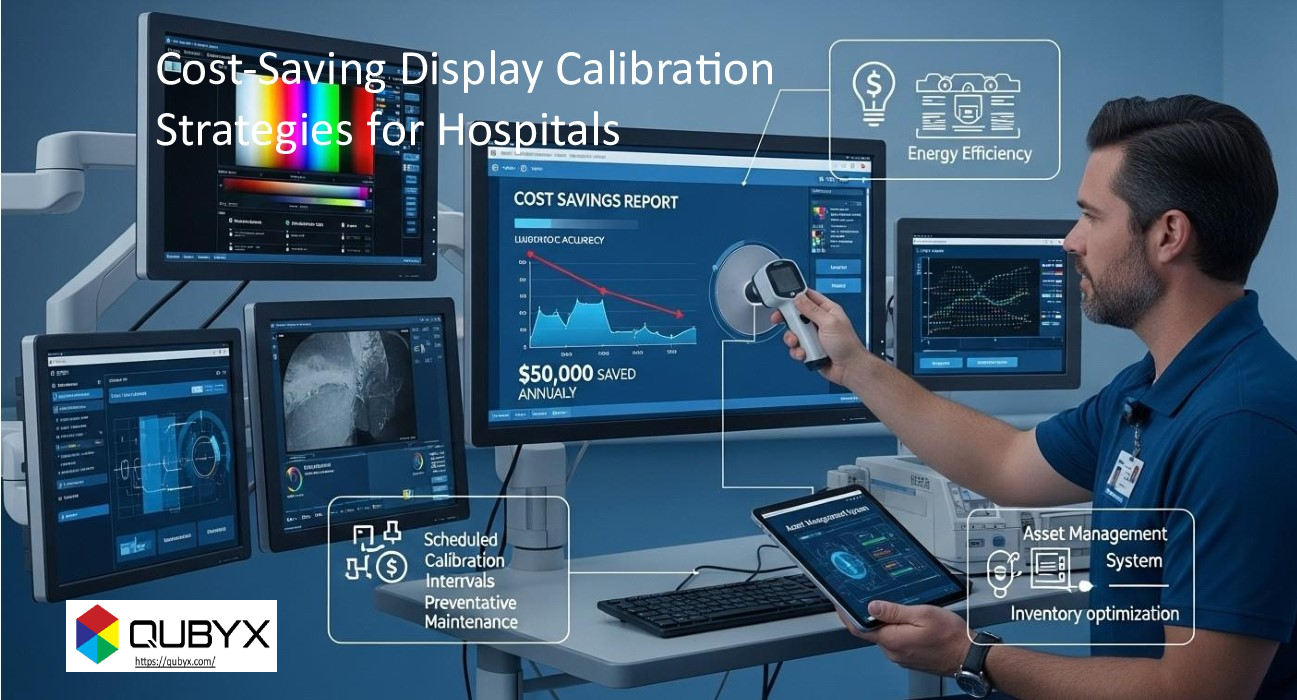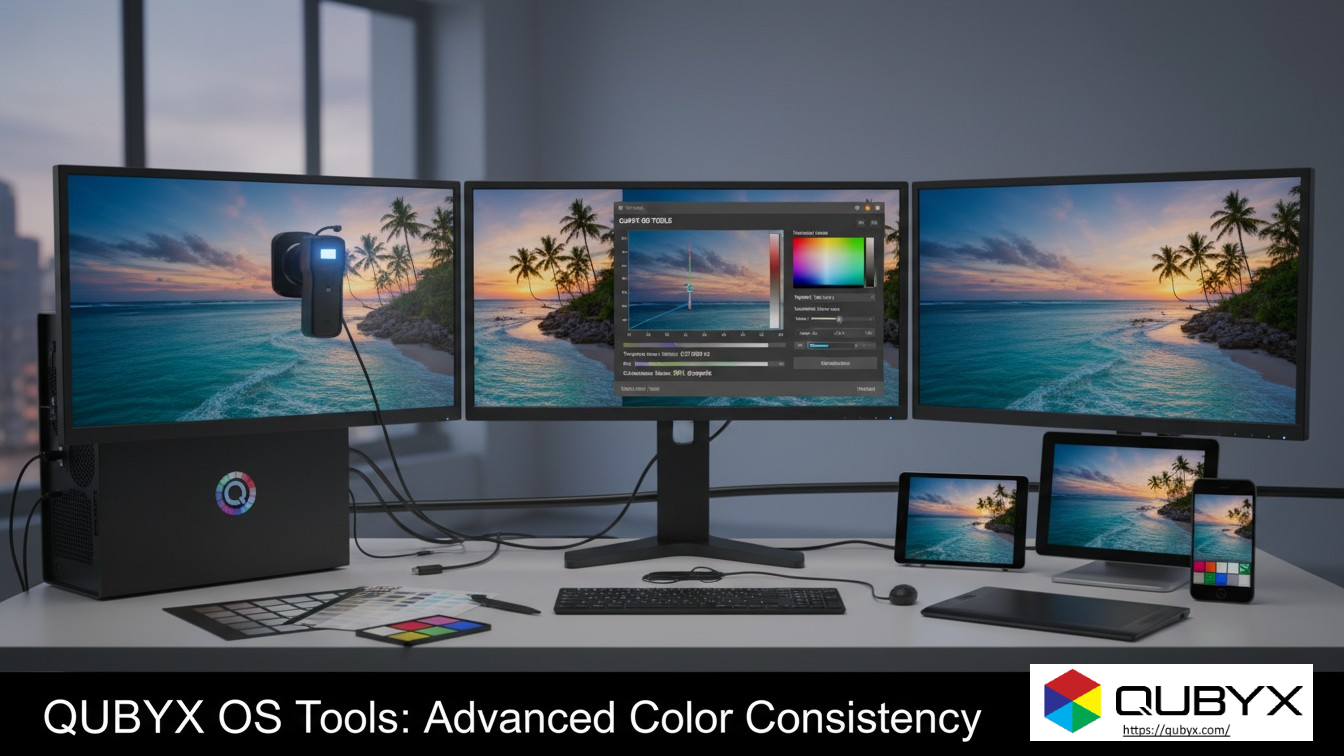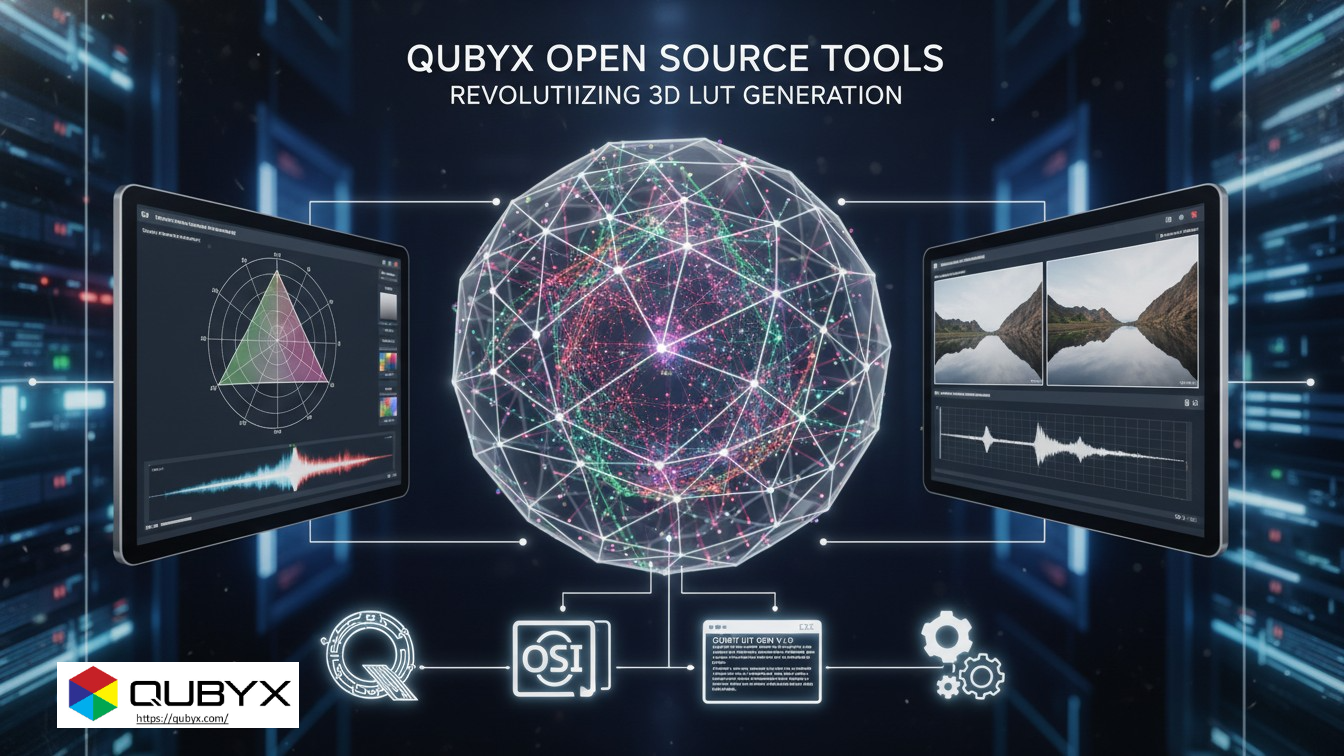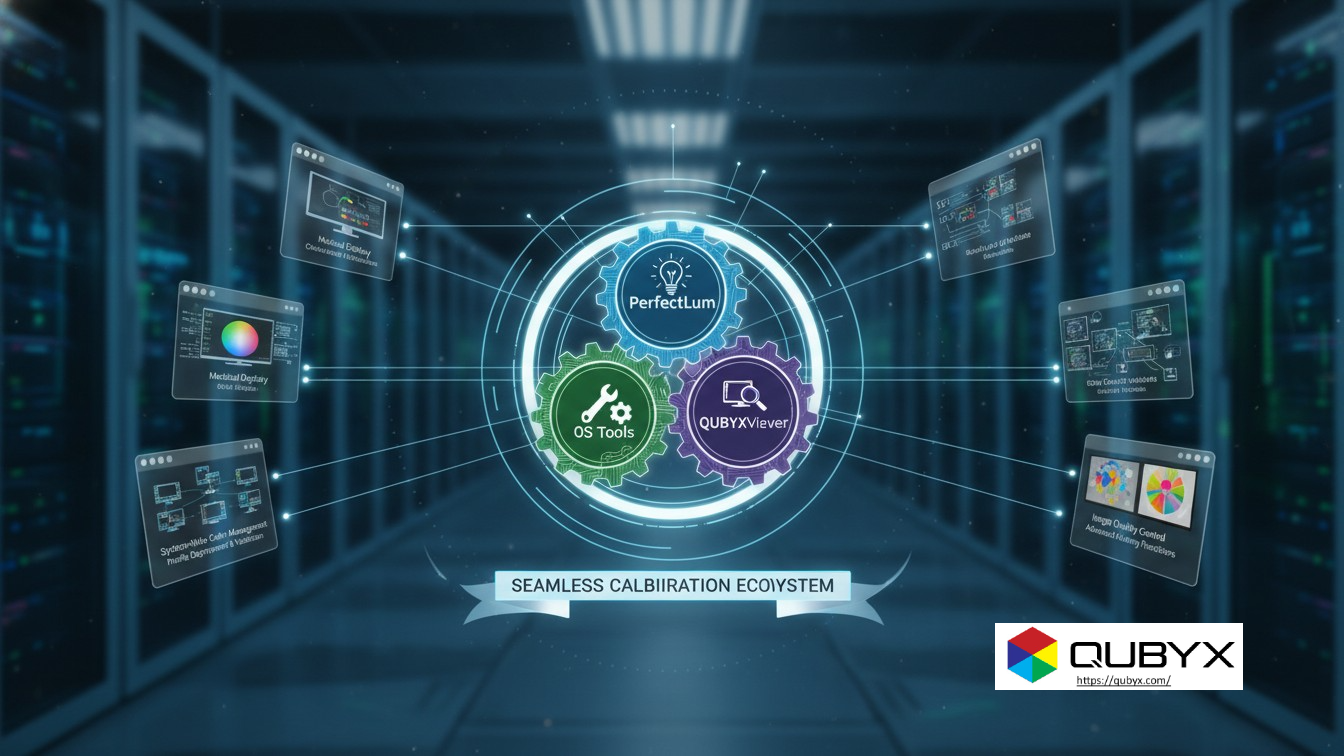News
- Home
- Cost-Saving Display Calibration Strategies for Hospitals

Cost-Saving Display Calibration Strategies for Hospitals
- October 22, 2025
- Shamsul
Cost-Saving Display Calibration Strategies for Hospitals
Where Cost Meets Compliance
Hospitals today face the dual challenge of maintaining diagnostic precision while managing shrinking budgets. Amid rising equipment costs, one often-overlooked area of potential savings lies in display calibration — the very foundation of image accuracy in radiology, mammography, and telemedicine.
This article explores actionable Cost-Saving Display Calibration Strategies for Hospitals, helping you maintain DICOM compliance, reduce hardware costs, and streamline your quality assurance workflow — without compromising clinical accuracy.
1. The Critical Role of Calibration in Diagnostic Imaging
Every radiologist depends on the fidelity of visual information. A deviation of just a few luminance units or a slight grayscale imbalance can affect diagnosis. Standards like DICOM Part 14 GSDF, AAPM TG18, and DIN 6868-157 ensure image uniformity and contrast precision across displays.
Yet, most hospitals overspend on proprietary calibration devices and closed systems. Implementing Cost-Saving Display Calibration Strategies for Hospitals minimizes such inefficiencies while keeping your facility fully compliant.
2. Transition to Software-First Calibration
Traditional hardware calibrators can cost hundreds of dollars per monitor — not including technician time and software licensing.
PerfectLum, a leading display calibration software by QUBYX LLC, changes that equation with its software-first approach.
This DICOM GSDF-compliant tool enables you to:
-
Calibrate any display, medical or commercial, without vendor lock-in.
-
Maintain automated QA schedules across the entire network.
-
Generate compliance reports for audits instantly.
Switching to software-based calibration can reduce total imaging QA costs by up to 60%, making it one of the most powerful Cost-Saving Display Calibration Strategies for Hospitals available.
3. Vendor-Neutral Calibration Frameworks: Freedom from Lock-In
Hospital IT departments often juggle monitors from Barco, Eizo, NEC, or Dell. Using separate calibration utilities for each brand increases complexity and expense.
A vendor-neutral calibration framework like QUBYX OS Tools provides a unified, cross-platform solution that:
-
Generates ICC and 3D LUT profiles for any display.
-
Preserves accurate DICOM GSDF compliance.
-
Enables hospitals to deploy affordable commercial displays for review stations.
This open-standard method ensures interoperability and long-term cost control — the essence of Cost-Saving Display Calibration Strategies for Hospitals.
4. Centralized QA Management and Remote Monitoring
Manual calibration per workstation is time-intensive. Centralizing QA management brings scalability and transparency:
With PerfectLum Enterprise, hospitals can:
-
Automate calibration scheduling and QA verification.
-
Remotely monitor all displays across multiple departments.
-
Receive alerts when luminance drifts beyond thresholds.
-
Export audit-ready QA reports on demand.
Such a centralized structure slashes technician hours and guarantees regulatory readiness — essential for accreditation under IEC 62563 and AAPM TG270.
5. Using Commercial Displays with DICOM-Compatible Calibration
Many hospitals now adopt high-quality commercial displays calibrated to DICOM GSDF through software rather than buying expensive medical-grade panels.
By leveraging Cost-Saving Display Calibration Strategies for Hospitals such as:
-
Routine DICOM verification via software,
-
PerfectLum QA test automation, and
-
Scheduled luminance stabilization,
Facilities can confidently use lower-cost displays for secondary reading or telehealth, cutting display procurement budgets by up to 70%.
6. Automating QA Audits and Reporting
Routine QA ensures image consistency over time. Instead of outsourcing audits, hospitals can automate them using PerfectLum QA integrated with QUBYX OS Tools.
Automation delivers:
-
Periodic luminance uniformity checks.
-
Deviation alerts for out-of-tolerance monitors.
-
Instant compliance documentation per TG270 or DIN standards.
This not only saves on third-party QA fees but also minimizes downtime — another cornerstone of Cost-Saving Display Calibration Strategies for Hospitals.
7. Predictive Calibration and AI-Based Drift Detection
Predictive analytics is redefining display lifecycle management. By tracking luminance trends and aging patterns, calibration systems can forecast deviations before compliance is breached.
Benefits include:
-
Fewer unexpected display failures.
-
Optimized recalibration intervals.
-
Prolonged monitor lifespan, up to 25–30%.
Predictive calibration thus turns data into cost efficiency, making it one of the smartest Cost-Saving Display Calibration Strategies for Hospitals in 2025.
8. Training Internal Teams for Basic QA
Training internal technicians on how to use display calibration software empowers hospitals to manage daily QA independently. With intuitive user interfaces and guided workflows, PerfectLum allows even non-engineers to perform compliance tests safely.
This internal capacity building ensures sustainability and strengthens the long-term implementation of Cost-Saving Display Calibration Strategies for Hospitals.
9. Integrating Calibration into Maintenance Schedules
Synchronization saves money. Instead of treating calibration as a separate task, integrate it into the preventive maintenance of PACS workstations and imaging systems.
When performed alongside scheduled servicing, hospitals eliminate redundant downtime and technician visits — resulting in consistent QA without added cost.
10. Leveraging Cloud-Based QA Dashboards
For large hospital groups or research institutions, cloud-based calibration and QA management offer scalability and control.
Cloud solutions:
-
Centralize data storage for compliance tracking.
-
Simplify multi-site QA monitoring.
-
Support role-based access for radiology administrators.
Combining cloud connectivity with automation cements Cost-Saving Display Calibration Strategies for Hospitals into a truly next-generation workflow.
Conclusion: Calibrating Smarter, Spending Less
In an era where healthcare budgets are under strain, hospitals must evolve beyond traditional calibration practices.
The adoption of software-first, vendor-neutral, and automated QA systems such as PerfectLum and QUBYX OS Tools demonstrates that superior image quality and fiscal responsibility can coexist.
By embracing these Cost-Saving Display Calibration Strategies for Hospitals, your institution can achieve:
-
Full DICOM GSDF compliance,
-
Substantial reductions in display-related expenditure, and
-
A sustainable QA ecosystem for years to come.
Smart calibration isn’t just about pixels — it’s about progress, precision, and profitability.
The era of needing specialized, vendor-locked displays for medical imaging is fading. With PerfectLum, hospitals can achieve DICOM accuracy, quality assurance, and cross-platform compatibility—on any premium consumer monitor. Moreover, you can pay less for Radiology.
In a world where every pixel matters, PerfectLum proves that software innovation can deliver clinical precision without financial compromise. It’s not just calibration—it’s the democratization of diagnostic imaging.
To secure medical-grade display precision while reducing the recurring costs of proprietary hardware, the answer is clear: transition to a Calibration Software platform like QUBYX OS Tools (Free) and PerfectLum today. Now, you easily pay less for Radiology.
Tags:
Saving Display Calibration Strategies, Cost-Saving Display Calibration Strategies for Hospitals, Display calibration software, DICOM GSDF compliance, PerfectLum, QUBYX OS Tools, medical display QA, vendor-neutral calibration, hospital display management
Related Posts
- December 1, 2025
- News
How QUBYX OS Tools Deliver Next-Level Color Consistency The Hidden
- November 30, 2025
- News
Open-Source Tools for Medical Display QA: Why QUBYX Leads the
- November 29, 2025
- News
How QUBYX Open Source Tools Revolutionize 3D LUT Generation




